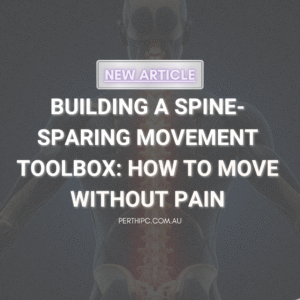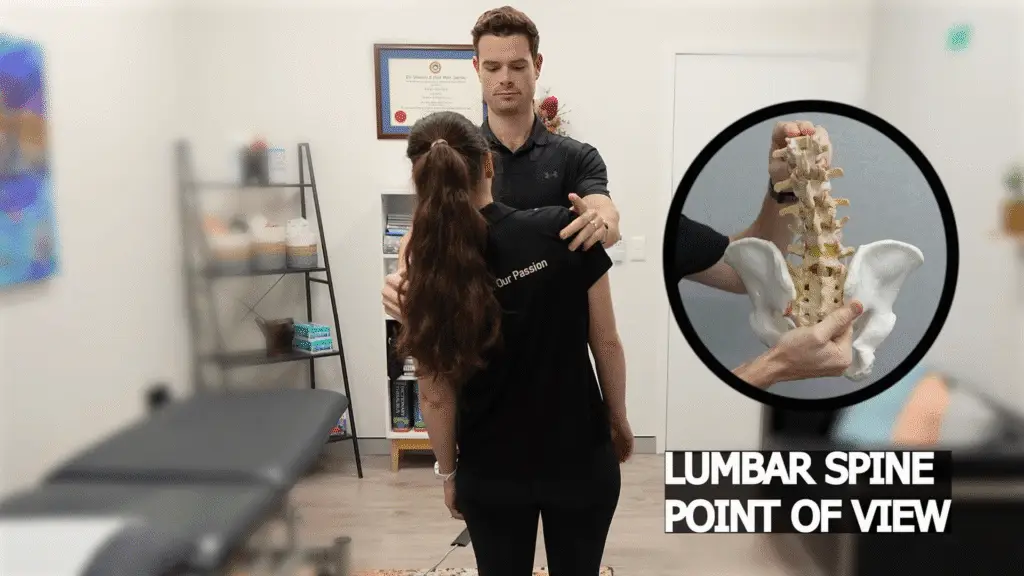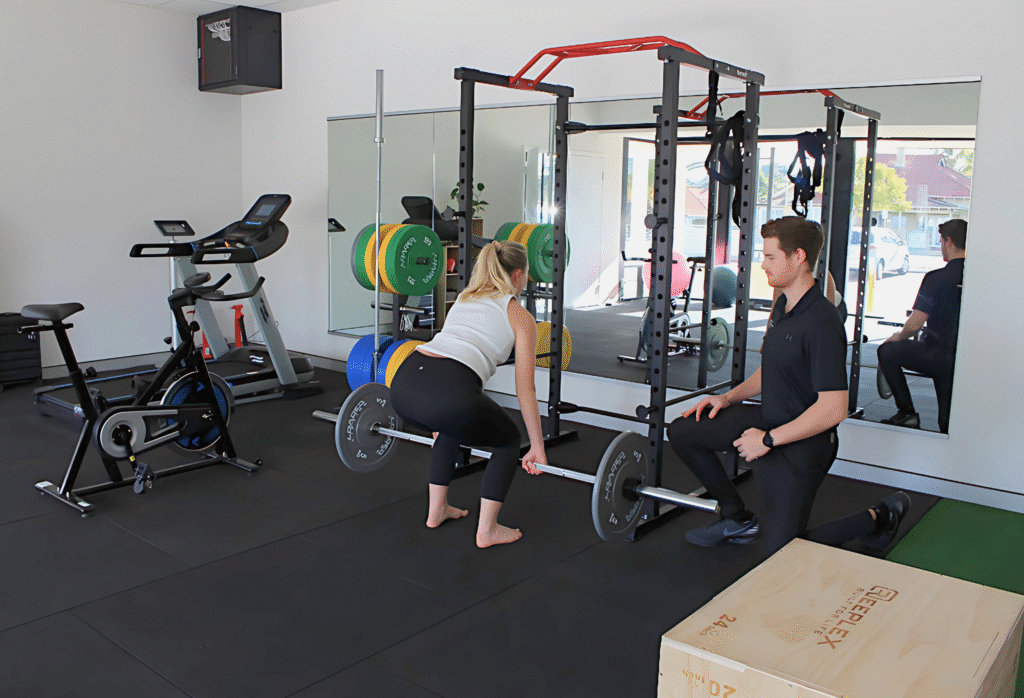
Building a Spine-Sparing Movement Toolbox: How to Move Without Back Pain
One of the most overlooked causes of persistent low back pain is how we move during everyday tasks. Simple activities like bending, sitting, getting out of a car, or


What if your back pain isn’t just from one bad movement — but from constantly living on the edge of your spine’s limits?
This is where the concept of spare capacity comes in. Spare capacity refers to your spine’s ability to tolerate daily stress and physical demand without tipping into pain or injury. When this safety margin disappears, even light tasks can trigger a flare-up.
Think of your spine like a bank account. Each time you lift poorly, sit too long, or bend repeatedly, you’re making a withdrawal. Without regular deposits (like rest 😴, good movement, or proper exercise🏋️), your balance runs low.
Once your account is empty, even something small — like a sneeze or twisting to grab something — can push you over the edge.
Spare capacity is your spine’s buffer zone. The more capacity you have, the more you can handle without breaking down.

🔄Repetitive Movement Faults: Poor bending, lifting, or twisting slowly irritates tissues like discs and joints.
💪Lack of Core Stability: If you lack the ability to stabilise your spine using the correct muscles and movement patterns, this can result in increased stress on discs, joints and other structures.
😴Fatigue Without Recovery: When load accumulates day after day with no rest, tissues stay inflamed and sensitised.
🪑Sustained Positions: Sitting for hours or holding awkward postures quietly chips away at your movement tolerance.
Over time, these micro-stressors reduce your ability to tolerate load, leaving your spine on a hair-trigger.
You feel like your back is “on edge” all the time.
Small movements or light tasks trigger pain.
Your pain varies📉 based on how much you’ve done that day.
Flare-ups happen often, without a clear cause.

✅ Remove the Aggravator
First, stop doing the things that are draining your capacity. This might mean adjusting how you sit, bend, or lift.
✅ Retrain Movement Patterns
Learn spine-sparing techniques like hip-hinging, core bracing, and torso control. Move in ways that protect, not provoke.
✅ Build Endurance Not Just Strength
Spinal tissues thrive on controlled, low-load endurance work — not max-effort lifting. Exercises like the McGill Big 3 rebuild muscle stamina and coordination.
✅ Pace Your Day
Alternate work and recovery. Add mini-breaks. Use posture resets. Your spine needs time to recover between stressors.

When you rebuild spare capacity:
This isn’t just about rehab — it’s about future-proofing your spine.
If your back pain always feels “close to coming back,” you may be out of spare capacity. The good news? You can rebuild it.
At Perth Injury & Pain Clinic, we help patients identify what’s draining their capacity and create structured plans to restore it — one movement, one day at a time.
Book your initial assessment today🗓️ and start rebuilding your spinal safety margin for a stronger, pain-free future.

One of the most overlooked causes of persistent low back pain is how we move during everyday tasks. Simple activities like bending, sitting, getting out of a car, or

If you’ve been told your back pain is “non-specific” or has “no clear cause,” you’re not alone. Up to 85% of people with low back

If you’ve been battling persistent low back pain without clear answers, shear instability could be the missing piece of your puzzle. While disc bulges, muscle